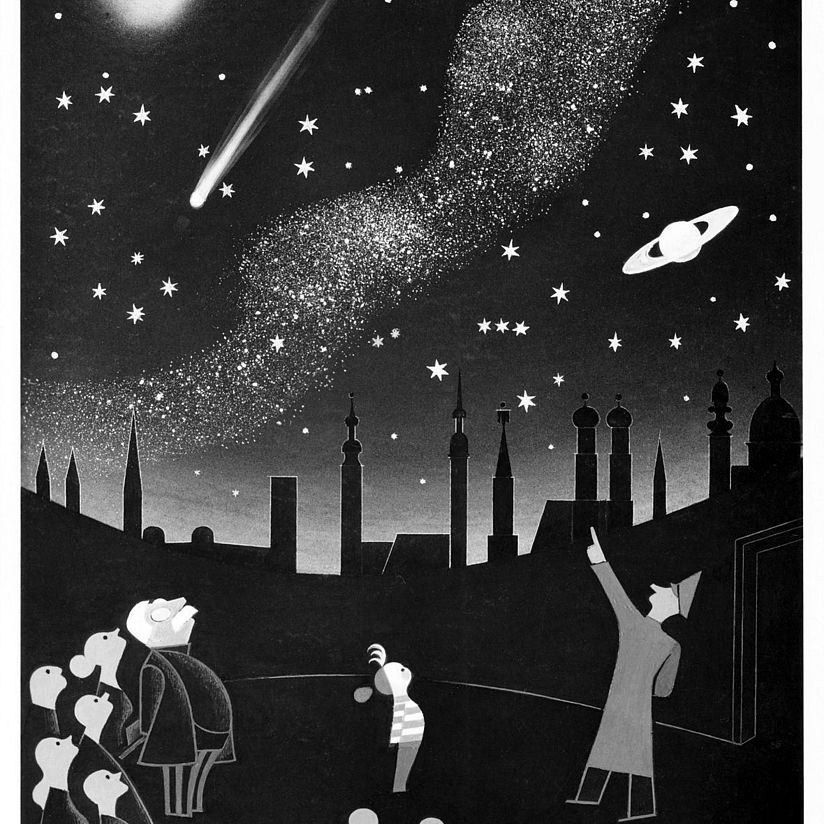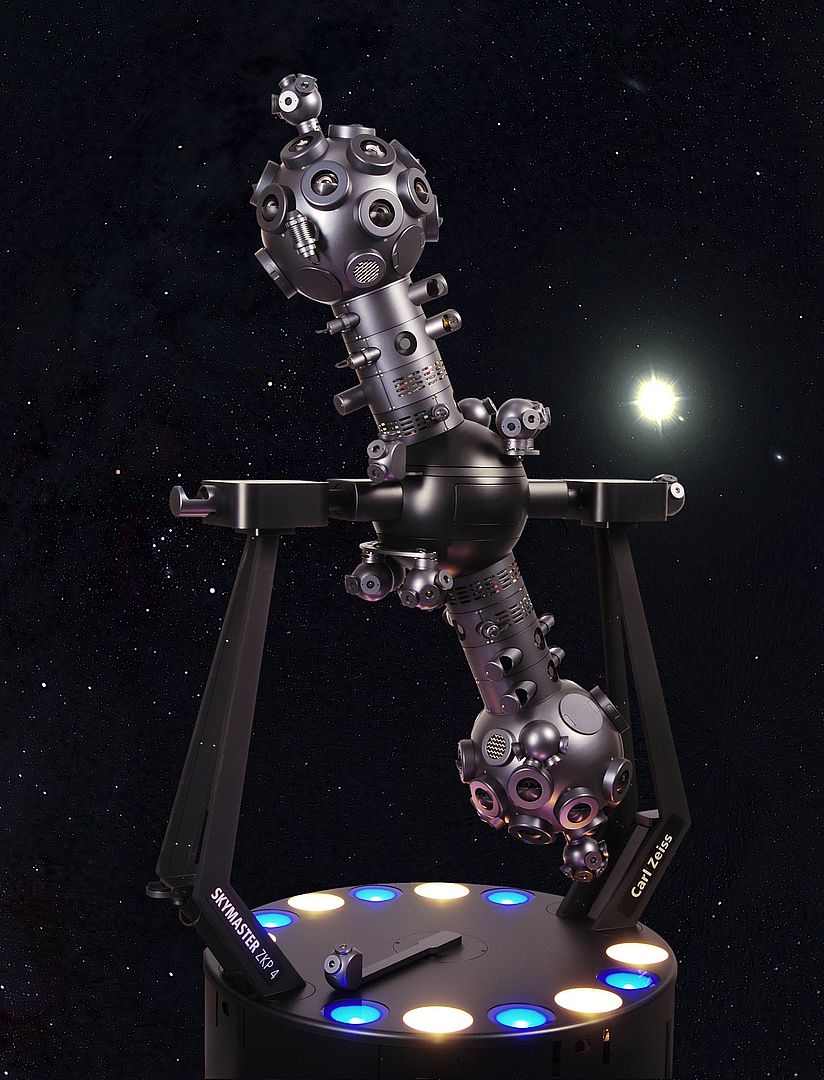
Photo: Deutsches Museum
The World's First Projection Planetarium
History of the Planetarium in the Deutsches Museum
The world's first projection planetarium was opened in the Deutsches Museum in 1925 – initiated by Oskar von Miller, the founder of the Deutsches Museum
Oskar von Miller approached Zeiss in 1913 concerning the manufacturing of a "rotating star sphere". Under the leadership of Dr. Walther Bauersfeld, a planetarium was created on the basis of optical-mechanical light projection. The first Zeiss projector illuminated 4500 stars in the dome in Munich.
The Miracle of Jena
In the summer of 1923, the first artificial starry sky shone in Jena. For ten years, mechanics, engineers, astronomers and physicists had worked on a device that could project fixed stars and planets into a dome. The Zeiss company received the order in 1913 from Oskar von Miller, the founder and first general director of the Deutsches Museum. Miller wanted a device for the museum that could show visitors the appearance and movements of the fixed stars and the planets, the sun and the moon. In 1914, he came up with the groundbreaking idea of making these functions possible through projection. By then, there was a proposal to construct a walkable tin sphere with star holes illuminated from the outside.
Key Role for the Deutsches Museum
The Deutsches Museum played a key role: Oskar von Miller tried to create a medium for his new Museum of Natural Science and Technology that would allow visitors to understand the structure and dynamics of the starry sky and the planetary system. This was the beginning of the success story of the projection planetarium, which Miller himself would probably not have dared to dream of. Today there are planetariums in almost every major city in the world.

Photo: Courtesy of Carl Zeiss | Carl Zeiss AG
Centrepiece Star Projector
The heart of the planetarium is the star projector, a complex fine-mechanical-optical device for imitating the starry sky. The world's first planetarium projector was developed and built by Zeiss between March 1919 and July 1923. After short public test demonstrations in Munich and Jena, the world's first projection planetarium opened in the Deutsches Museum on 7 May 1925.
The first Zeiss projector illuminated the dome in Munich with 4500 stars. With this and two other successor models, the planetarium in the Deutsches Museum had more than 8.5 million visitors - at the last count around 80 000 per year.
Renovation of the Planetarium
From 2013 to 2015, the planetarium of the Deutsches Museum was then completely renovated. The 15-metre projection dome was renewed. A new star projector with state-of-the-art fibre optic technology was installed. The clattering slide projectors were replaced by six state-of-the-art digital projectors that now bring the entire observable universe into the dome.







